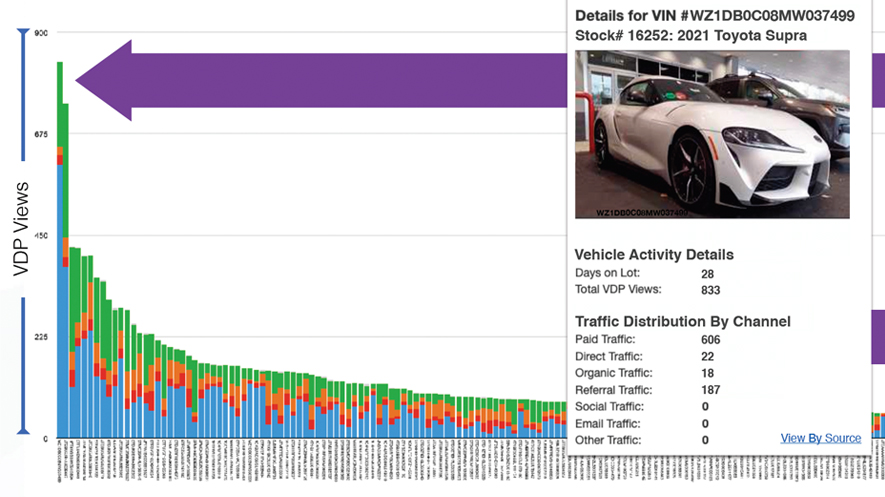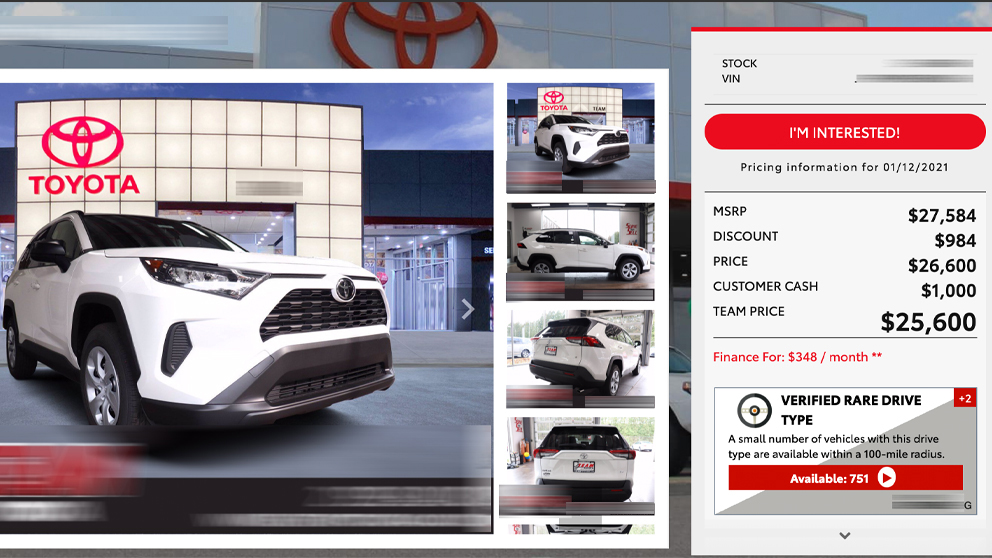Where Does Online Display Fit Into Your Customer Life Cycle?
An article recently published over at Ad Age outlined a four-stage customer life cycle describing how customers interact with companies.
From the article:
“First customers discover a product or service; then they explore it in greater detail; next they buy the product or service; and after purchase they engage with the company from which they bought, as well as with other customers. If companies create positive engagements they can drive new discovery — either by introducing existing customers to additional products or by leveraging satisfied customers to pass the word along to others.”
Penned by the vice president and principal analyst at Forrester Research, it highlights the fact that interactions with consumers nowadays occur across three distinct but interrelated channels — reach, depth, and relationship.
Understanding where different media types fit into each channel will be a reasonably intuitive exercise for most marketers. Traditional paid media — television and radio, for example, are obvious reach channels (but so too is word of mouth). Depth channels would include your website, online catalogue, retail stores and its salespeople. Of course, things like email lists and your company Facebook page are obvious relationship channels.
So where does online display fit into the mix?
In the past, you’d have to say that it was more or less confined to the reach channel. Indeed, this was primarily a function of available formats — after all, you can really only go so “deep” with a traditional, static banner ad. Indeed, that’s still the case today even for a lot of Flash-based display ads.
The channel scope of online display, however, has broadened in recent years with the advent of data-driven advertising. Today’s leading platforms (we just might be one of them) are able to flow, for example, a company’s entire product catalog into an ad unit (and target this content in real time across multiple targeting conditions, moreover). Being able to dynamically integrate inventory data at scale allows display to move beyond mere reach and into a level of depth that just a few short years ago would have been cost-prohibitive to the point of impossibility.
Similarly, online display can now act as a consumer entry-point for relationship channels, like your company’s Twitter account or YouTube channel. Whether feeding content into display campaigns directly from these channels or redirecting consumers to them, marketers can now look at new ways to have online display better integrate with and support the efforts of other marketing channels.
As online’s proportion of overall marketing spend continues to grow, marketers need to be looking at ways to take rich media online display beyond the reach channel. With the right solution-provider, opportunities abound.





